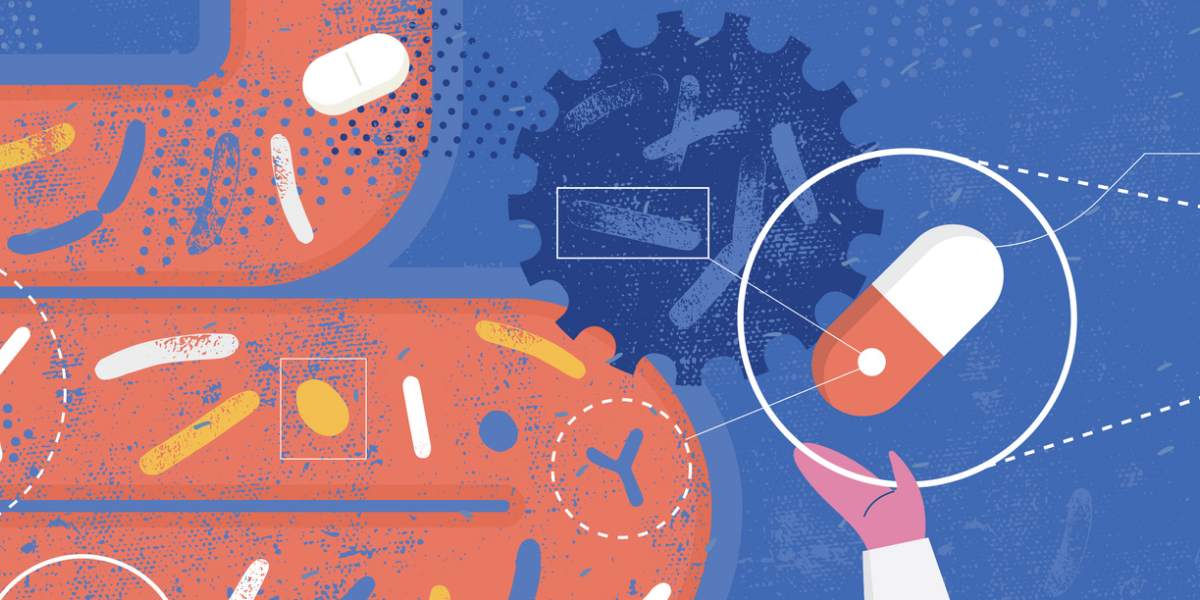The respiratory system is the system of organs that allow the body to take in oxygen and expel carbon dioxide, this process is known as gaseous exchange.
We generally breathe between 12 and 20 times a minute. There are a number of complications of diabetes that can negatively affect our breathing.
Parts of the respiratory system
The following parts of the body make up the respiratory system:
- Mouth and nose
- Trachea (windpipe)
- Lungs
- Diaphragm
How the respiratory system works
Breathing is usually initiated by contraction of the diaphragm, a muscle which separates the chest cavity from the abdomen.
As the diaphragm contracts, more space is made available in the chest cavity and this has the effect of creating suction as the lungs expand to fill the space.
The lungs draw in air through the nose and/or mouth which then travels down the trachea (windpipe) before reaching the lungs.
Within the lungs are tiny air sacs called alveoli which allow oxygen from the air we breathe to be absorbed into the many tiny blood vessels contained with the alveoli.
As this happens, the alveoli take in carbon dioxide from the blood vessels and this completes gaseous exchange.
With gaseous exchange complete, the diaphragm relaxes and the carbon dioxide rich air in the lungs is expelled via the trachea out of the mouth and/or nose.
The lungs
As noted above, it is within the lungs that the gaseous exchange of oxygen and carbon dioxide takes place. The lungs are filled with a branched structure of airways called bronchi and smaller airways called bronchioles. Located at the end of the bronchioles are the alveoli in which the exchange of gases takes place.
The average capacity of human lungs is between 4 and 6 litres of air. The capacity of lungs may be reduced if the lungs become diseased or damaged. A common risk of lung damage is smoking
How diabetes can affect the respiratory system
Diabetes can adversely affect our breathing in a number of different ways. Breathing difficulties don’t affect everyone with diabetes and the risk of having difficulty breathing can be reduced by maintaining good diabetes control and a healthy body weight
Ketoacidosis and Kussmaul breathing
Rapid or laboured breathing, known as Kussmaul breathing, can be a symptom of diabetic ketoacidosis (DKA). Ketoacidosis is a short term complication of diabetes caused by very high blood glucose levels accompanied by a high level of ketones in the blood. Ketoacidosis will only usually affect people with diabetes if they haven’t taken sufficient insulin.
Ketoacidosis is a very dangerous condition and should be treated as an emergency.
- Read more about diabetic ketoacidosis
Kidney failure and shortness of breath
Becoming very short of breath, say whilst climbing the stairs, can be a result of kidney failure. Chronic kidney disease can lead to anemia which leaves the blood short of red blood cells with which to carry oxygen. If we have anemia and need to be more active, this can lead to our body struggling to get enough oxygen for our muscles and can leave us out of breath.
Kidney disease is one of the more common complications of diabetes, affecting about 40% of people with diabetes.
- Read more about diabetic kidney disease
Obstructive sleep apnea (OSA)
Obstructive sleep apnea (OSA) is a condition that results in difficulty breathing whilst sleeping. This can happen if the muscles in the throat collapse inwards and block your airway. This may happen partially or completely and can therefore disturb sleep.
Being overweight is the main risk factor of sleep apnea and the NHS notes that people with diabetes have a 3 times higher risk of developing sleep apnea.
- Read more about obstructive sleep apnea





